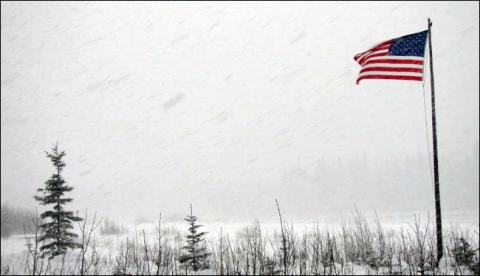Jan202016
Posted at 1:40 PM
With a major snow storm headed to parts of the East Coast, it is important for everyone to know the difference between winter weather-related Warnings, Watches and Advisories issued by your local National Weather Service (NWS) office. Each office knows the local area and will issue Warnings, Watches or Advisories based on local criteria. For example, the amount of snow that triggers a “Winter Storm Warning” in the Northern Plains is typically much higher than the amount needed to trigger a “Winter Storm Warning” in the Southeast.
NWS forecasters are monitoring the possibility of a major winter storm affecting the Northeast later this week, including the possibility of heavy snow for the urban corridor extending from Washington, D.C. to New York and Boston Friday into Sunday. As part of the National Oceanic and Atmospheric Administration's (NOAA) Weather-Ready Nation campaign, residents are urged to read the full list of winter safety steps to prepare and stay safe.
So, on this “Weather-Ready Wednesday,” please take time to click on the following links and educate yourselves and your loved ones about the following winter weather alerts.
Here are some more key terms to understand:
- Freezing Rain: Rain that freezes when it hits the ground; creating a coating of ice on roads, walkways, trees and power lines.
- Sleet: Rain that turns to ice pellets before reaching the ground. Sleet also causes moisture on roads to freeze and become slippery.
- Windchill: A measure of how cold people feel due to the combined effect of wind and cold temperatures; the Windchill Index is based on the rate of heat loss from exposed skin. Both cold temperatures and wind remove heat from the body; as the wind speed increases during cold conditions, a body loses heat more quickly. Eventually, the internal body temperature also falls and hypothermia can develop. Animals also feel the effects of windchill; but inanimate objects, such as vehicles and buildings, do not. They will only cool to the actual air temperature, although much faster during windy conditions. Read how the Windchill Index was developed.
Find out about all the winter alerts NWS issues at their Products link. Find the current forecast at weather.gov.

